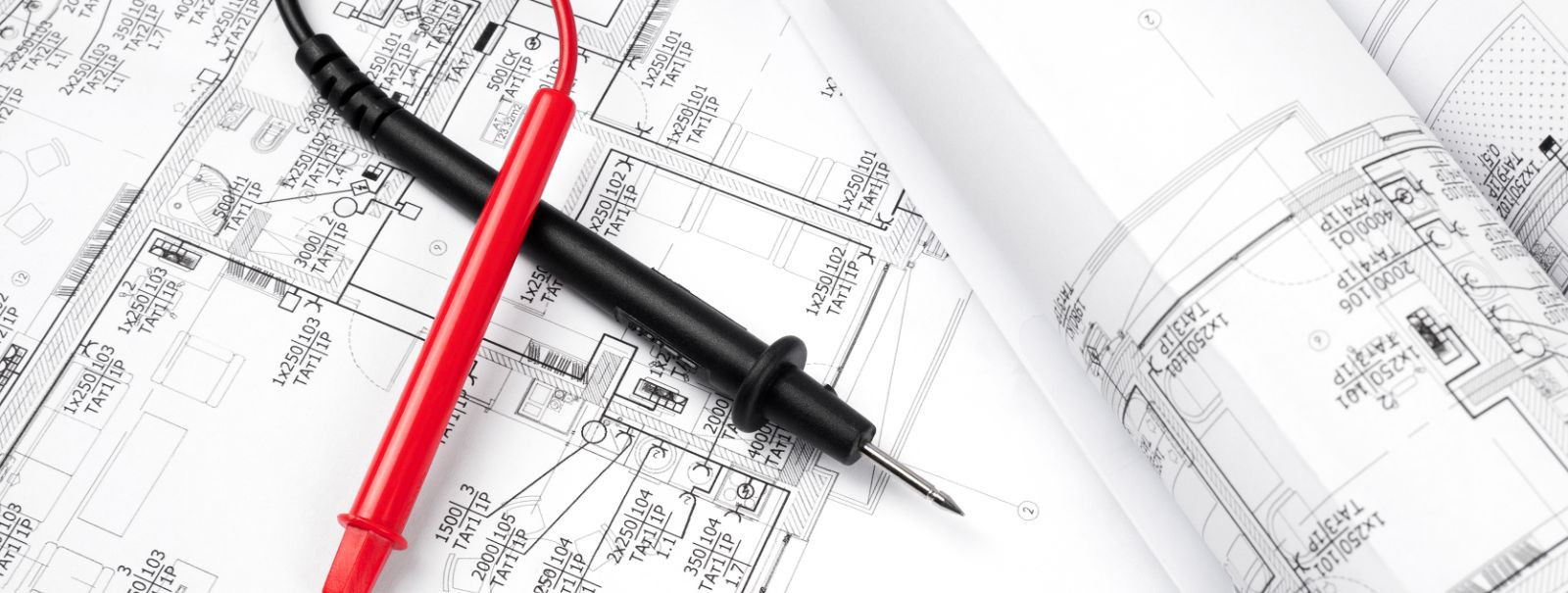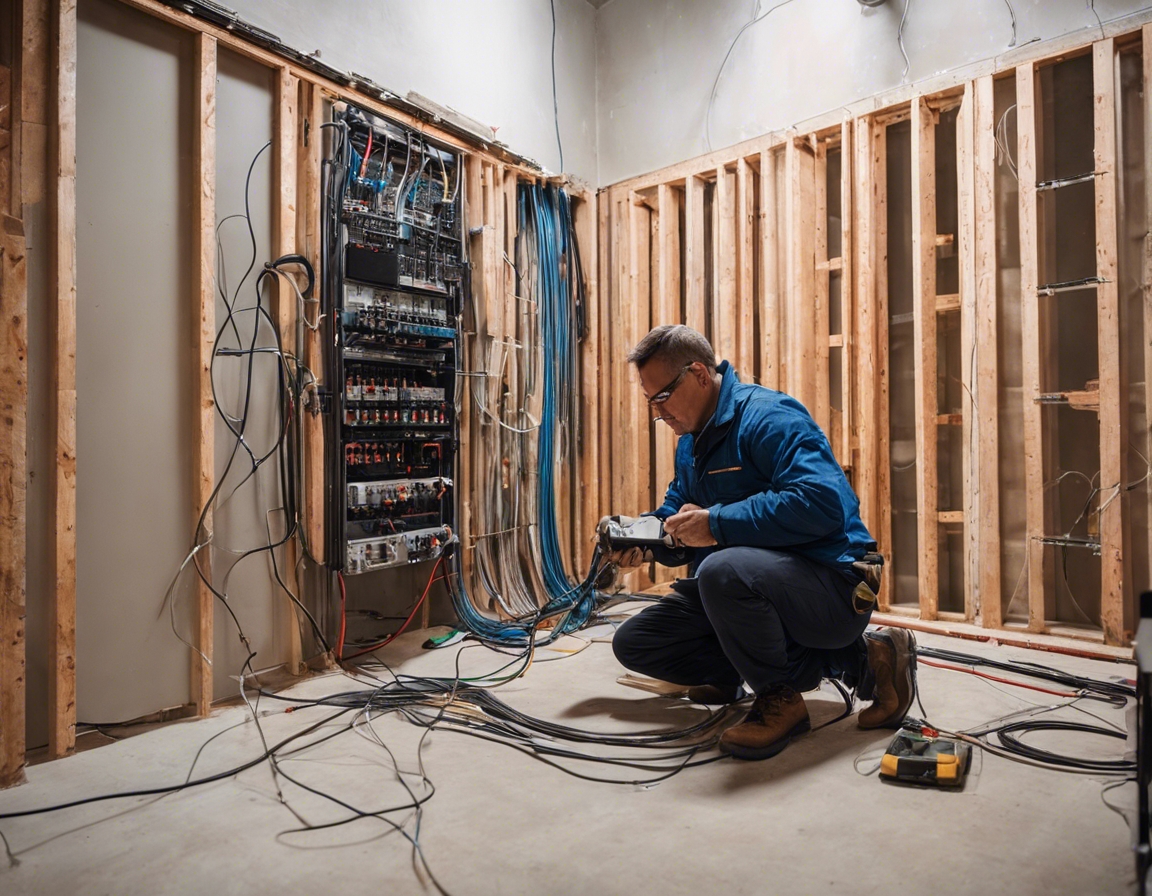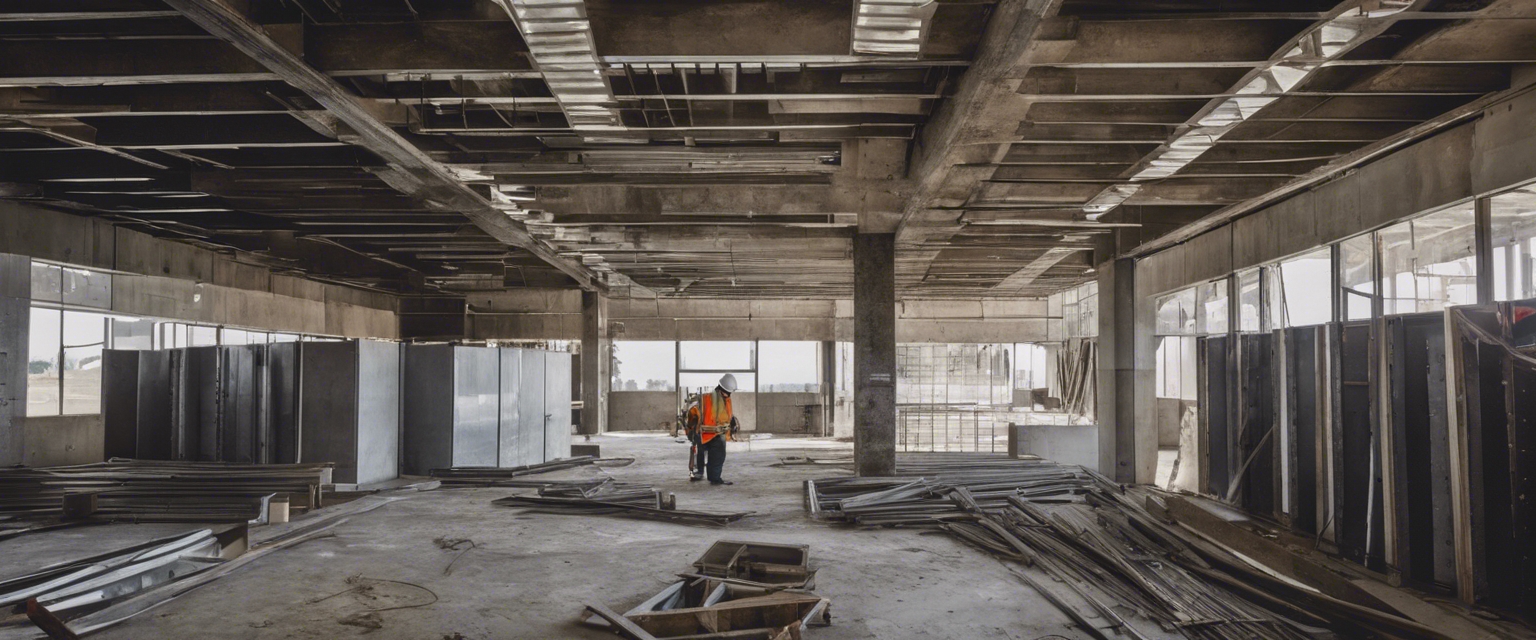How to choose the right luminaires for your space
Luminaires, commonly known as light fixtures, are integral components of any lighting system. They not only house the light source but also control the distribution of light. Choosing the right luminaires is crucial for enhancing the functionality and aesthetics of a space, ensuring energy efficiency, and maintaining safety standards.
Key Factors to Consider When Choosing Luminaires
The primary consideration when selecting luminaires is their intended purpose. Are they meant to provide general illumination, highlight specific areas, or serve a decorative function? Understanding the functionality will guide you in choosing the appropriate type and design of luminaires.
Luminaires significantly contribute to the overall aesthetic of a space. Consider the style, color, and material of the fixtures to ensure they complement the interior design. Whether you prefer a modern, minimalist look or a classic, ornate style, there are luminaires to match every taste.
With increasing awareness of environmental impact and energy costs, energy-efficient luminaires are a priority. Look for fixtures that support LED bulbs or other energy-saving technologies. These not only reduce electricity consumption but also have a longer lifespan, offering cost savings in the long run.
Safety is paramount when it comes to electrical installations. Ensure that the luminaires you choose comply with local safety regulations and standards. This includes proper insulation, fire resistance, and appropriate IP ratings for moisture-prone areas.
Types of Luminaires and Their Applications
Ambient lighting provides overall illumination for a space. Common fixtures include ceiling-mounted luminaires, chandeliers, and recessed lights. These are ideal for creating a comfortable and inviting atmosphere in living rooms, offices, and public areas.
Task lighting is designed to illuminate specific areas where activities such as reading, cooking, or working are performed. Desk lamps, under-cabinet lights, and pendant lights are popular choices for task lighting, offering focused and adjustable illumination.
Accent lighting is used to highlight architectural features, artwork, or decorative elements. Wall sconces, track lighting, and spotlights are effective in drawing attention to focal points and adding depth to a space.
Tips for Selecting Luminaires for Different Spaces
In residential settings, consider the function of each room. Bedrooms benefit from soft, ambient lighting, while kitchens require bright task lighting. Living areas can be enhanced with a combination of ambient and accent lighting to create a cozy environment.
For commercial properties, prioritize energy efficiency and durability. Offices need ample task lighting to boost productivity, while retail spaces can use accent lighting to enhance product displays. Ensure that all fixtures comply with commercial safety standards.
Outdoor luminaires should be weather-resistant and provide adequate illumination for safety and security. Pathway lights, floodlights, and wall-mounted fixtures are essential for illuminating walkways, entrances, and outdoor living areas.
Maintenance and Upkeep of Luminaires
Regular maintenance is crucial to ensure the longevity and performance of luminaires. Clean fixtures periodically to remove dust and debris, check for any signs of wear or damage, and replace bulbs as needed. For complex systems, consider hiring a professional for routine inspections and maintenance.






Comments (0)